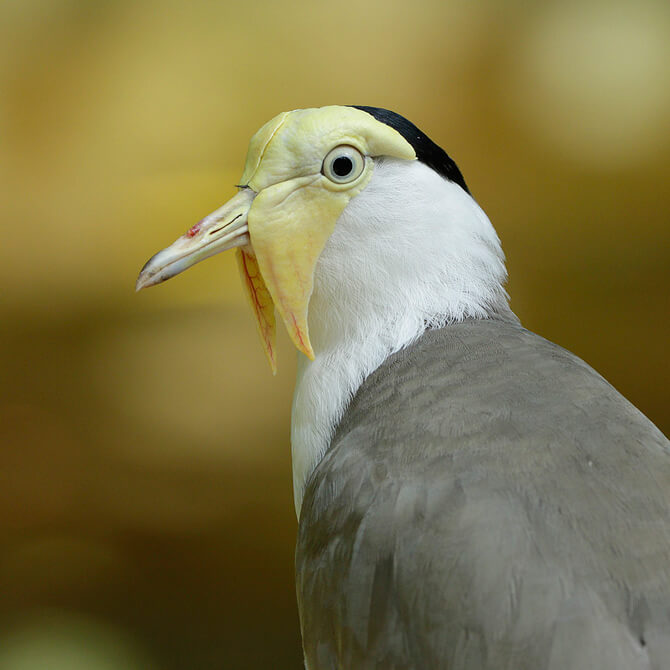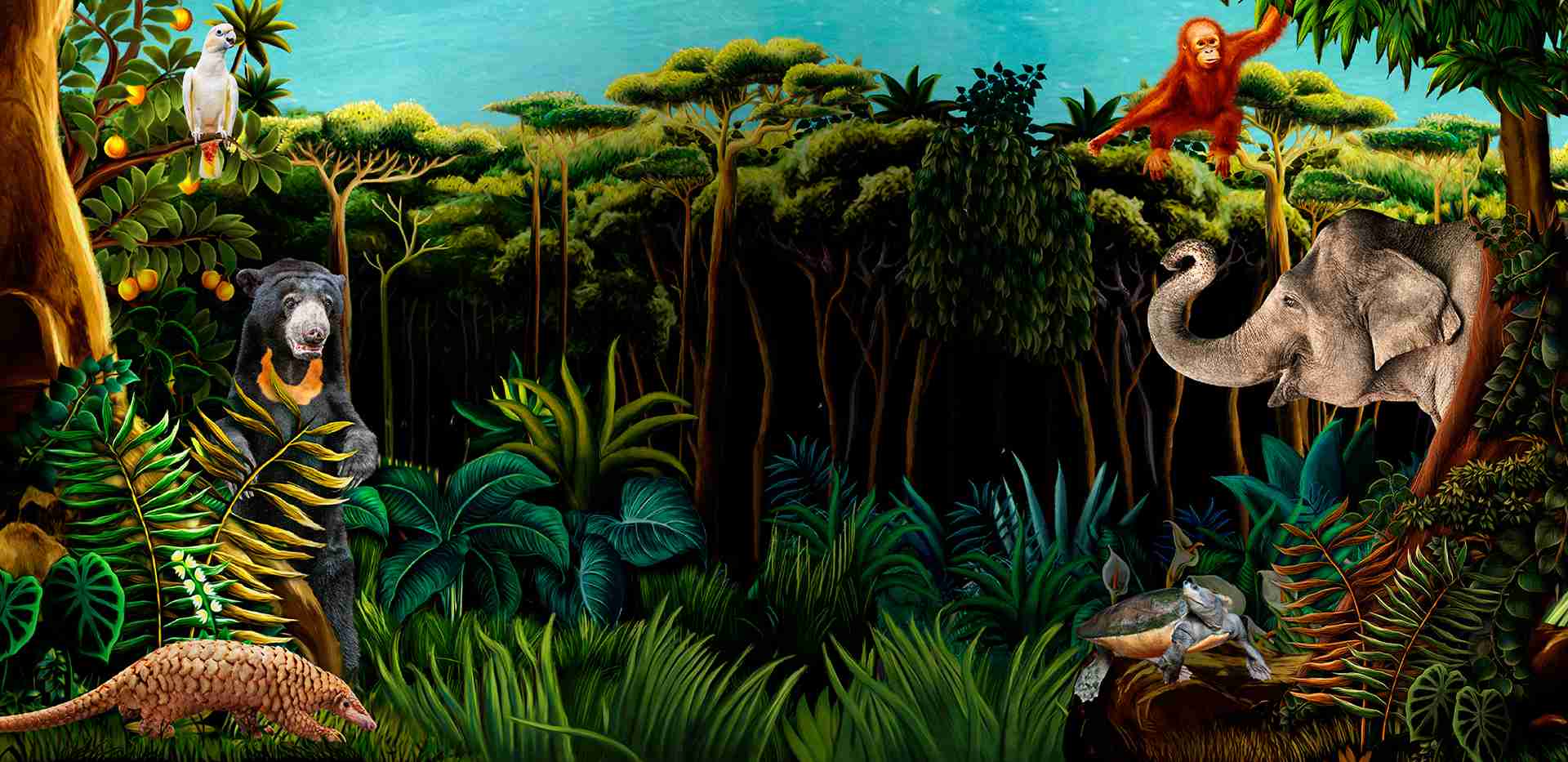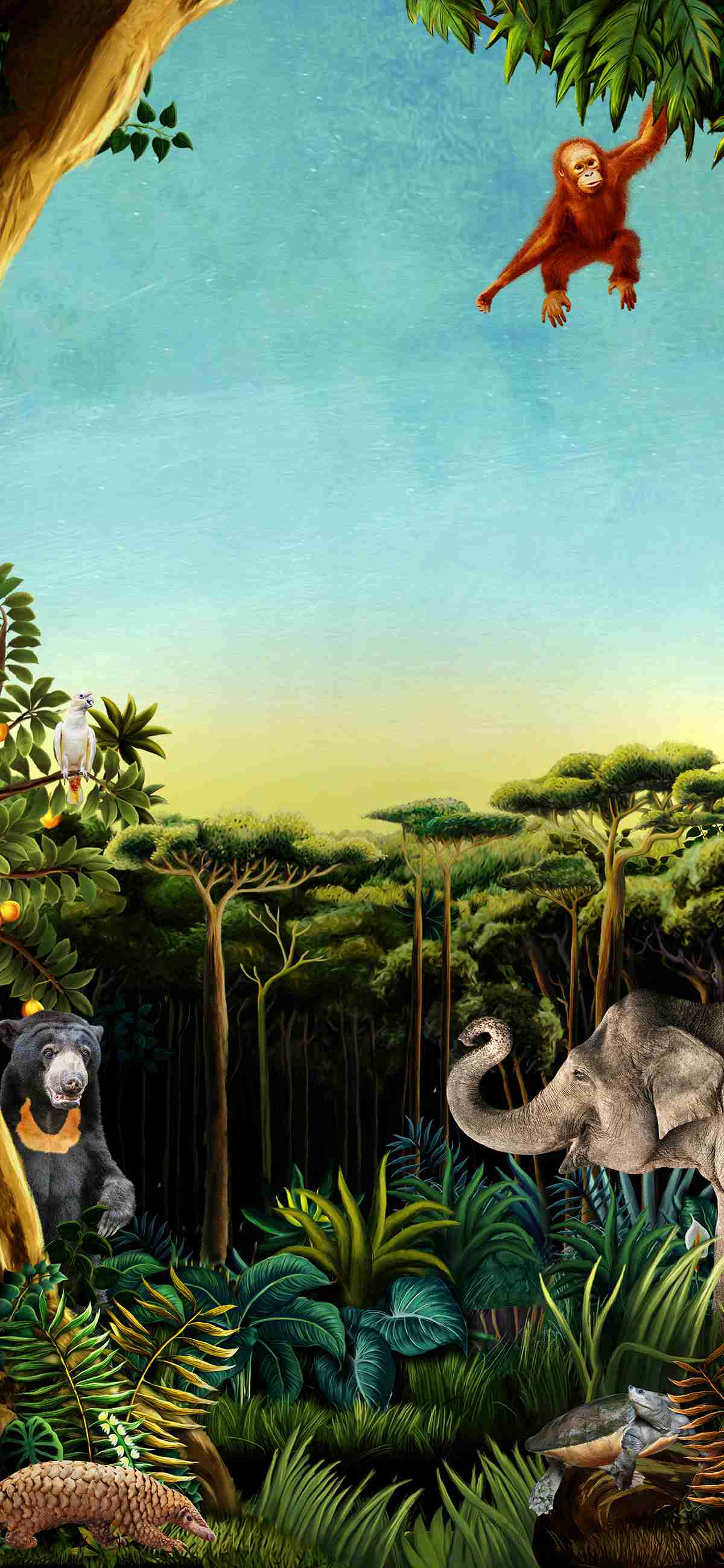Night Safari
Animals & Trails
Trails
Animals in Our Care
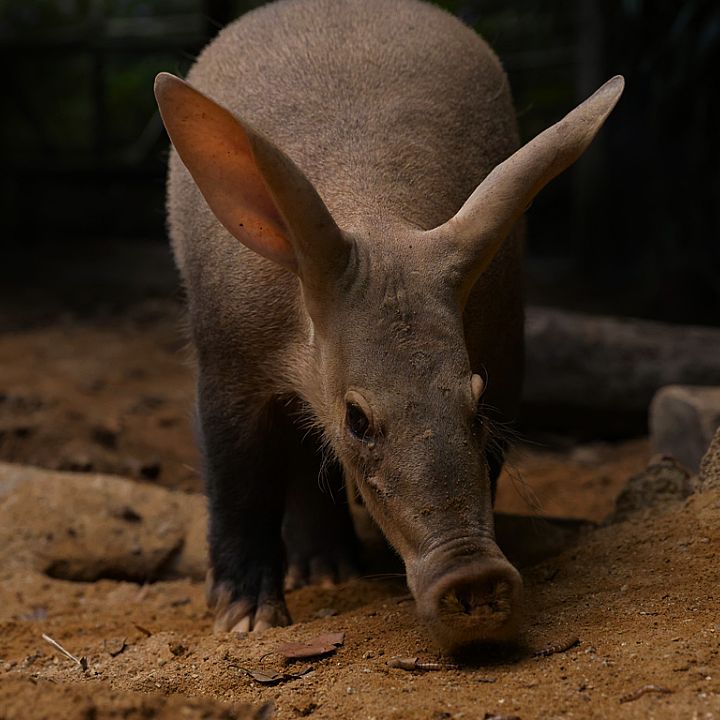
Aardvark
Nicknamed antbear for its appetite for ants and termites, the aardvark can consume as many as 50,000 insects in a night.
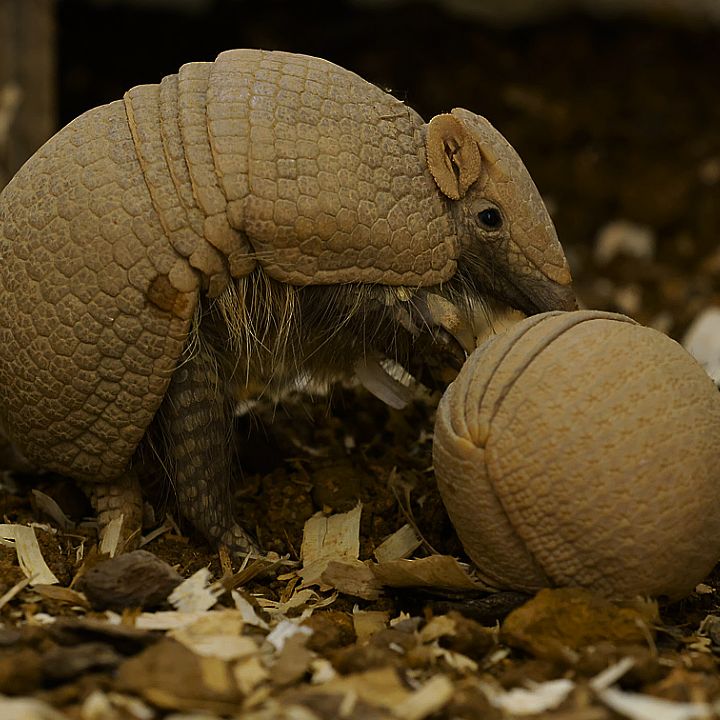
Armadillo
Though “Armadillo” is Spanish for “little armoured thing”, it is more than just “a roly-poly shell with bands”. The armadillo can hold its breath for six minutes, and its diet consists of insects, small reptiles, and even amphibians.
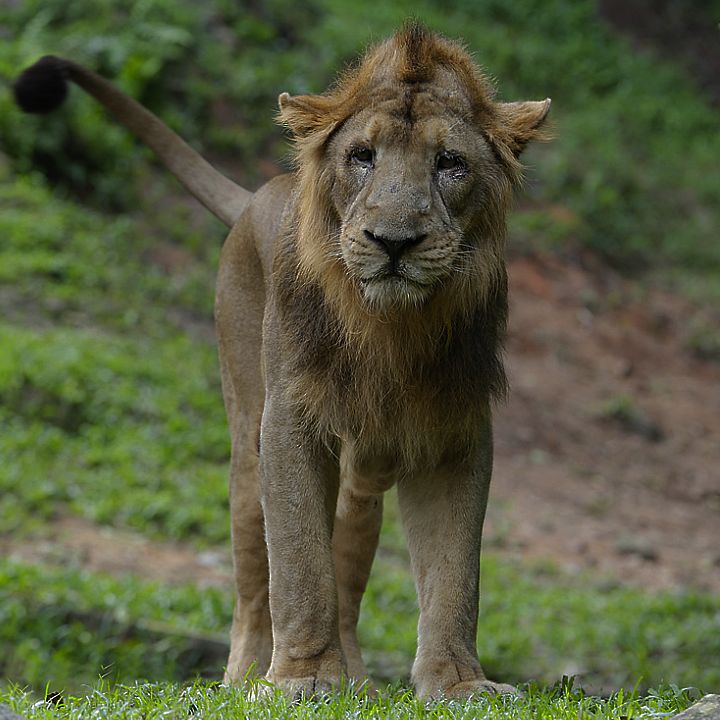
Asian lion
With a comparatively shorter, sparser and darker mane, the male Asian lion's ears are exposed and visible at all times.
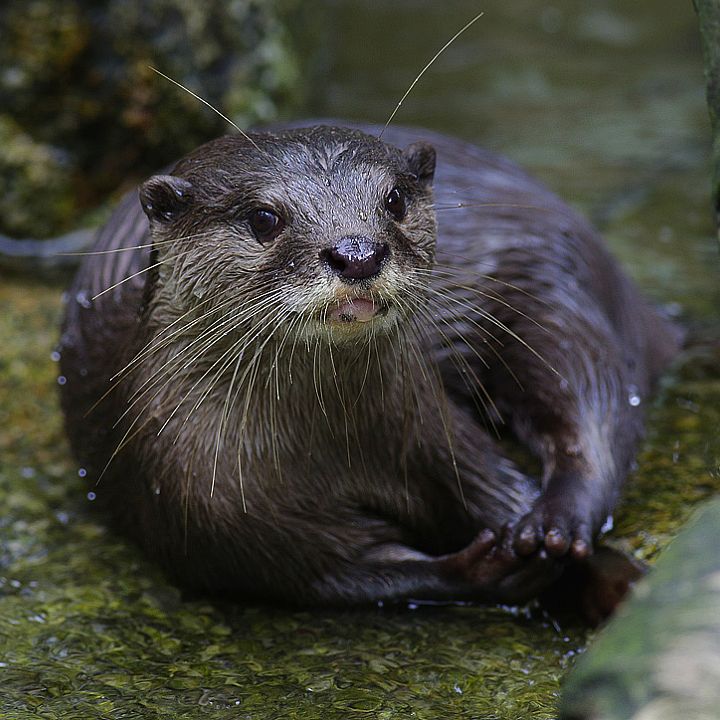
Asian small-clawed otter
Living in close-knit social groups of up to 20 individuals, these otters communicate through squeals, chirps, screams and barks, and use scent marking to communicate and mark territory.
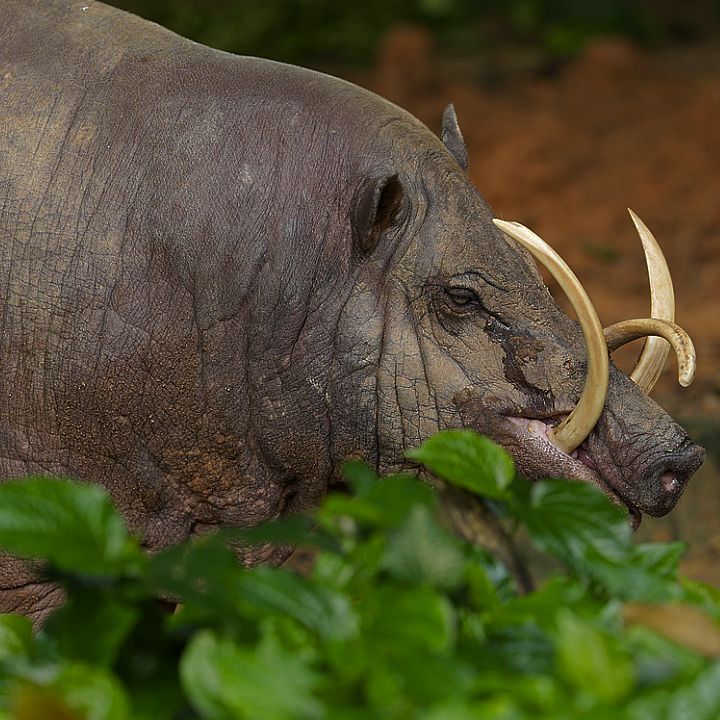
Babirusa
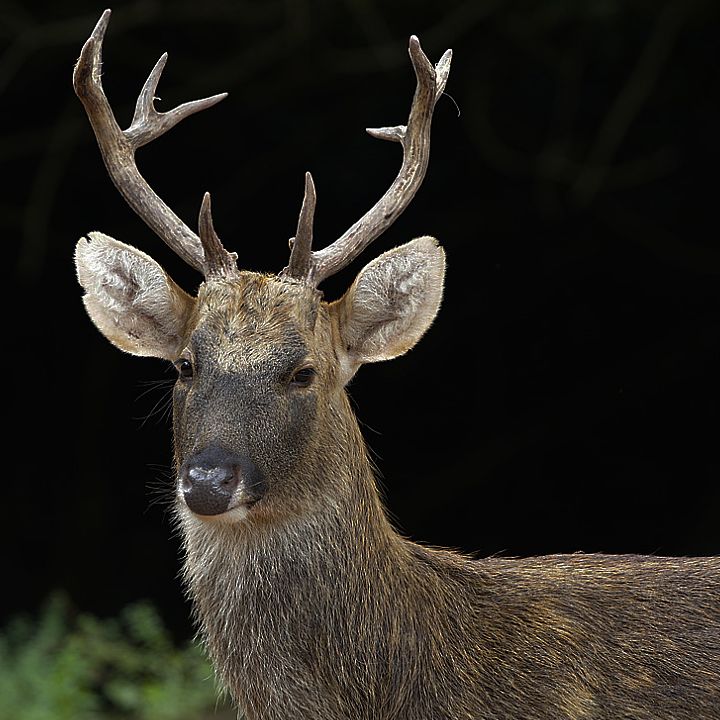
Barasingha
Also known as the swamp deer, it is not uncommon for this large species to have up to 20 tines on their antlers.
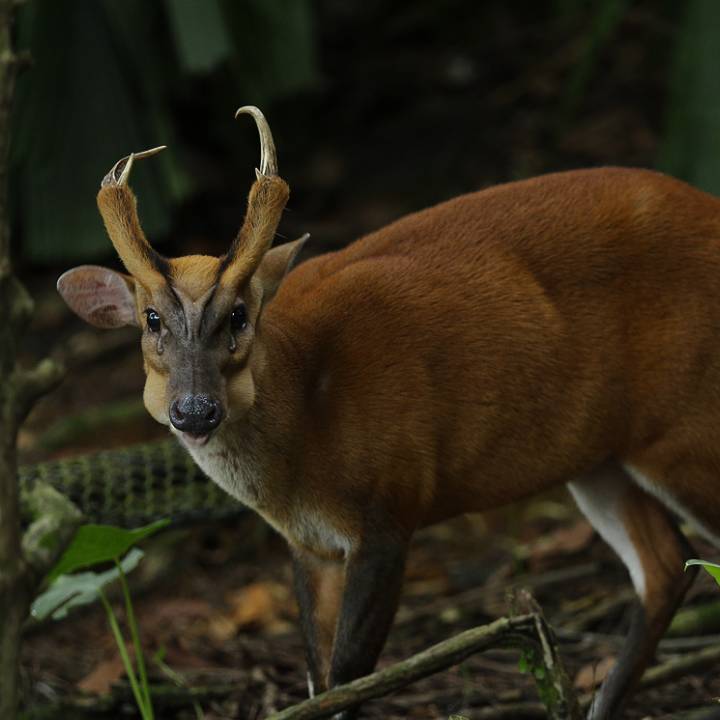
Barking deer
Also known as ‘muntjacs’ or ‘rib-faced deer’, this species fights for territory with their "tusks”, which are actually downward-pointing canine teeth.
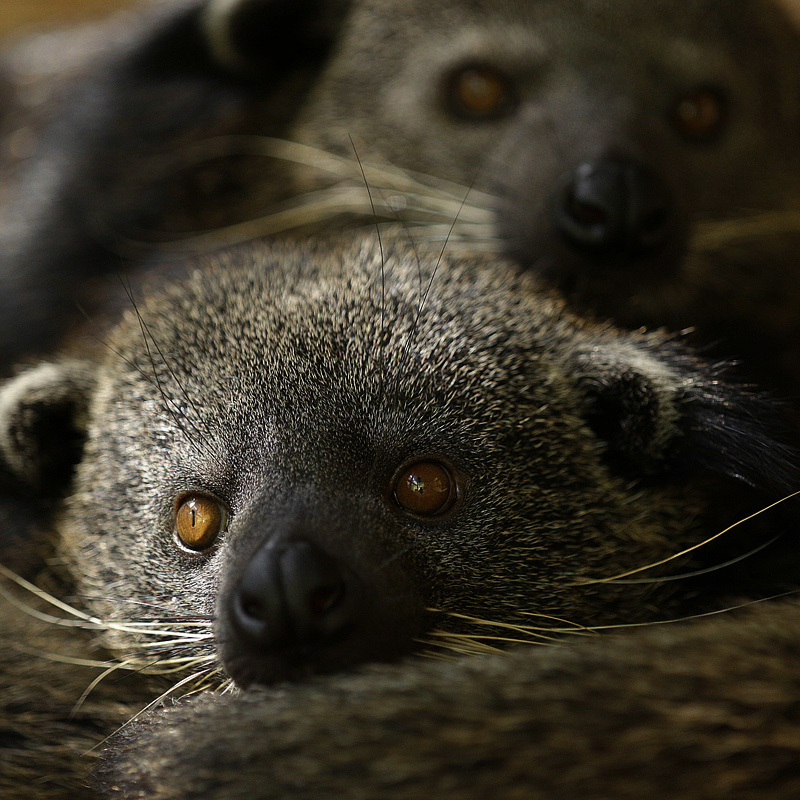
Binturong
Nicknamed the ‘Bearcat’, the binturong is actually related to civets and fossas. Amazingly, it smells like pandan leaves or buttered popcorn!
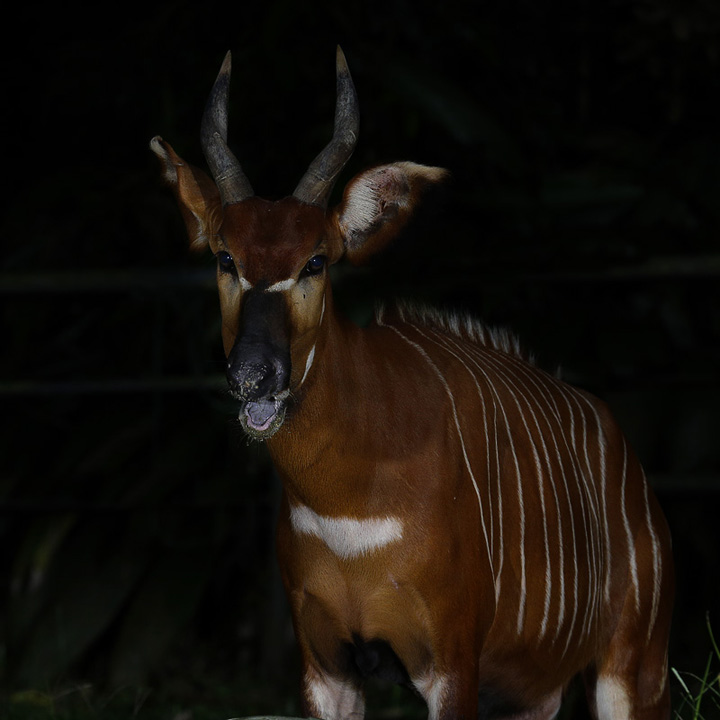
Bongo
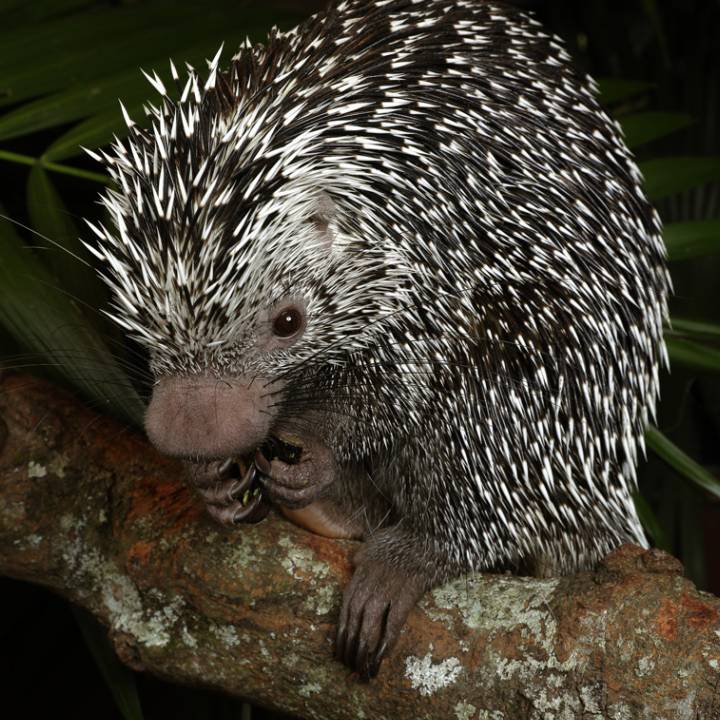
Brazilian porcupine
Though adorable, this species does not hesitate to attack an adversary, which it does by biting, or sitting on its haunches to shake its quills.
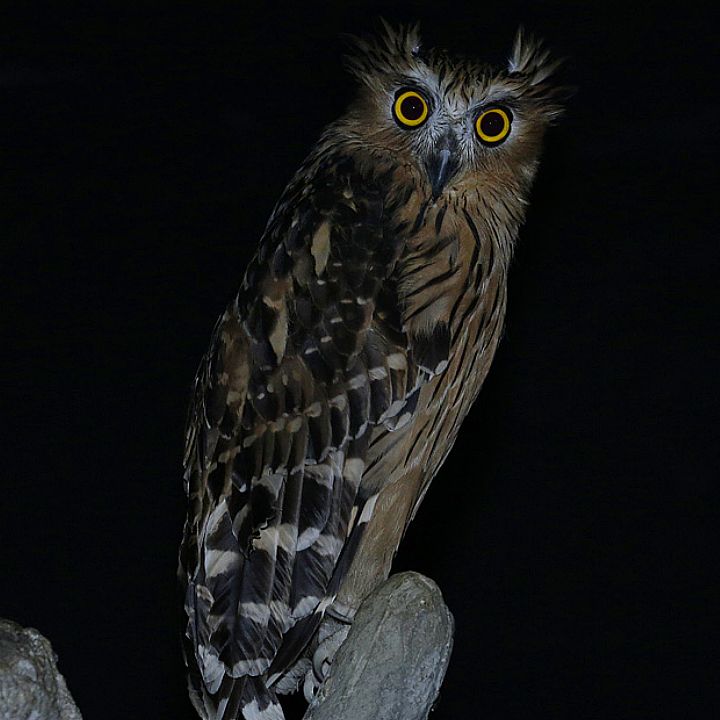
Buffy fish-owl
Though their diet consists mostly of fish, these owls also prey on crabs, shrimp, frogs, crayfish, small mammals, large insects, snakes, and even young false gharials.
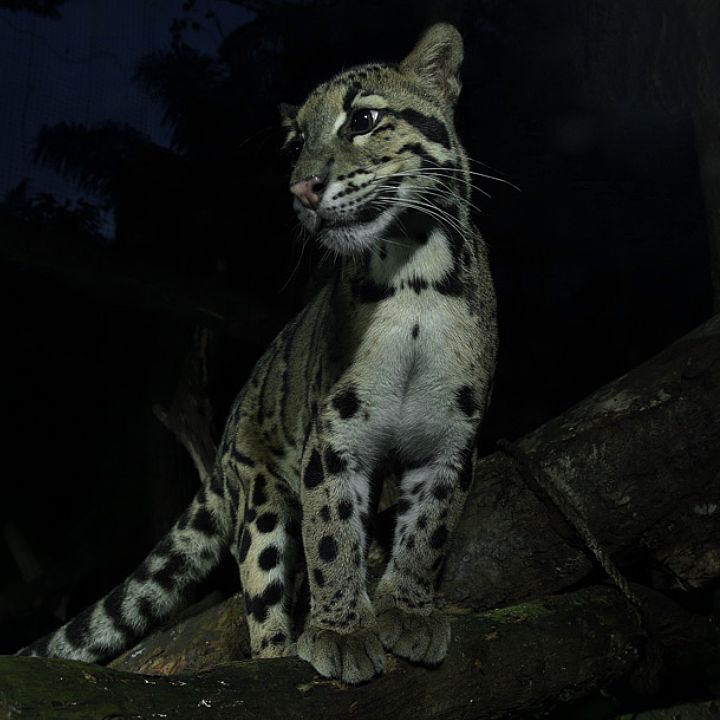
Clouded leopard
Named for its cloud-shaped coat markings, this cat is threatened by hunting and habitat loss.
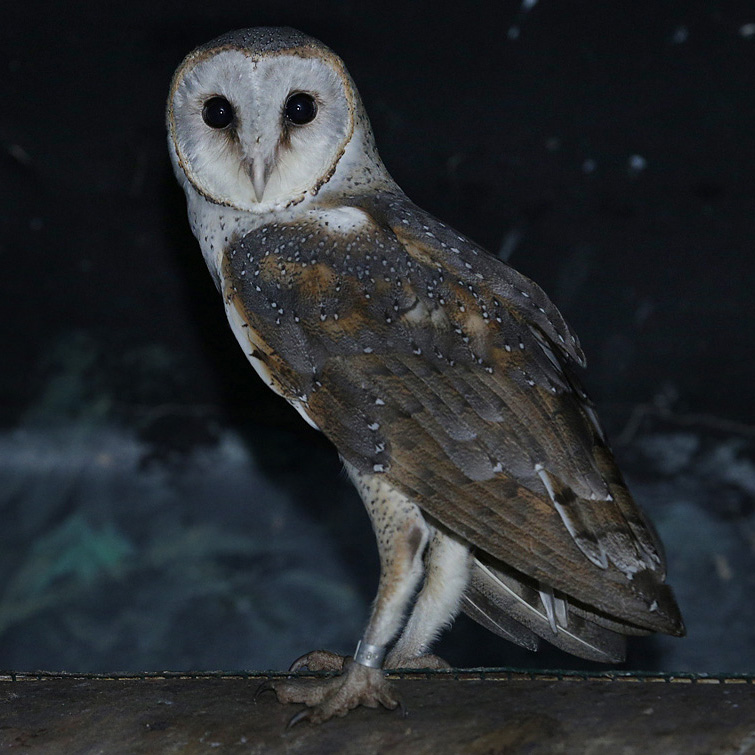
Common barn-owl
It’s the most widespread owl species on Earth, but the common barn-owl has some uncommon vocal calls – it does not hoot! Instead, it produces an eerie, long-drawn-out shriek.
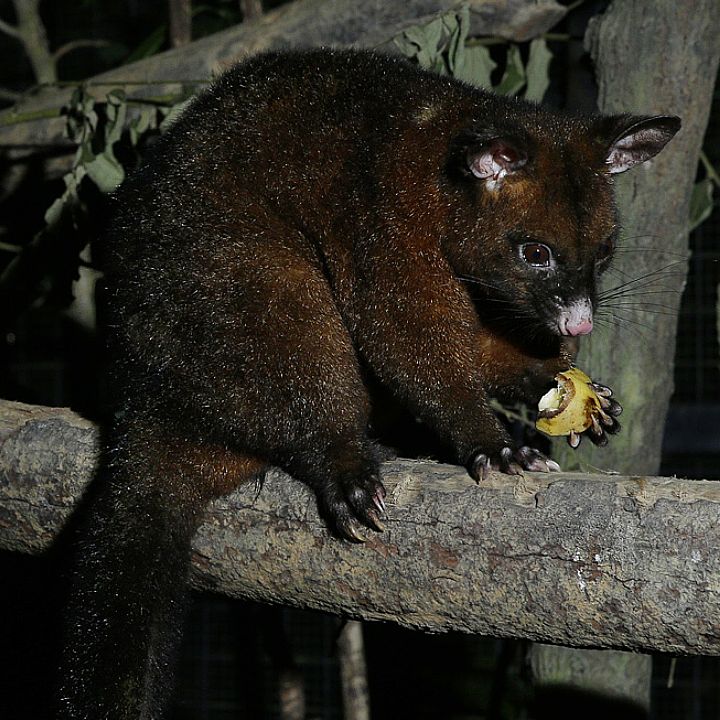
Common brushtail possum
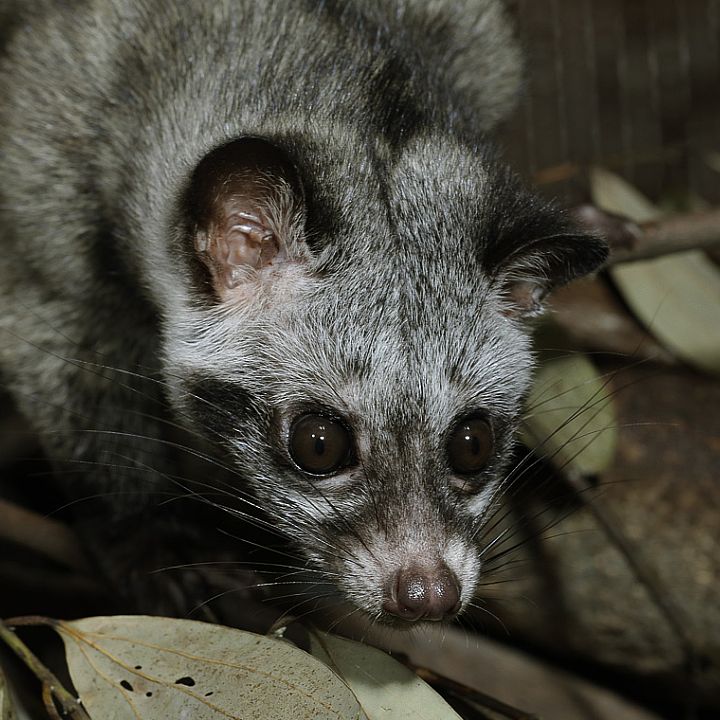
Common palm civet
Affectionately nicknamed the “Toddy cat”, this furry fellow is essential for seed dispersal and forest restoration.
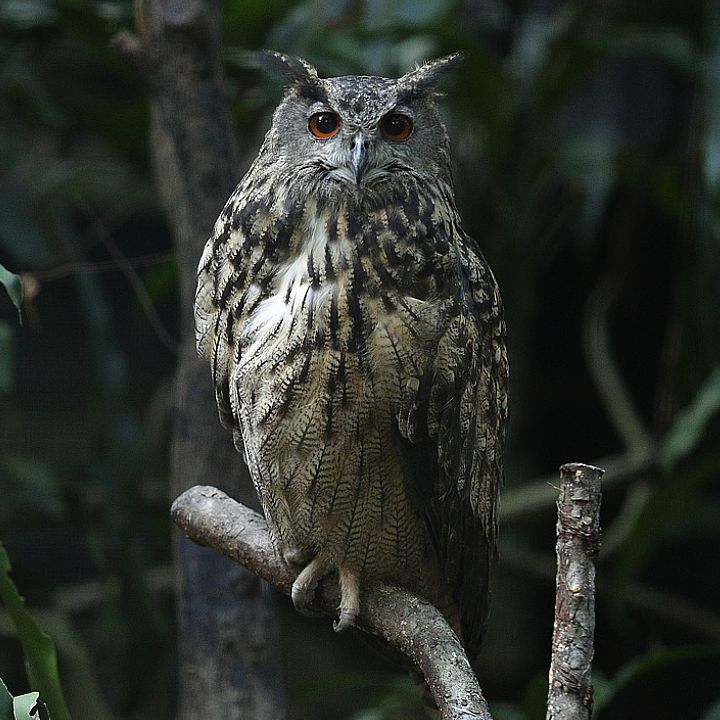
Eagle owl
Eagle owls are large, powerful owls known for their prominent ear tufts, deep booming hoots, and fierce predatory skills.
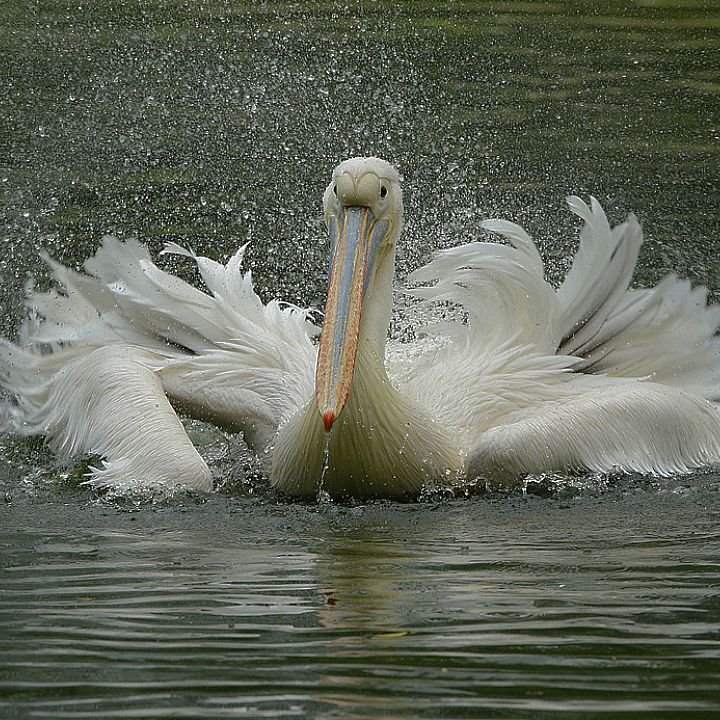
Eastern white pelican
Often seen fishing cooperatively, these birds swim in a wide arc to round up fish before scooping them into their yellow-orange throat pouches.
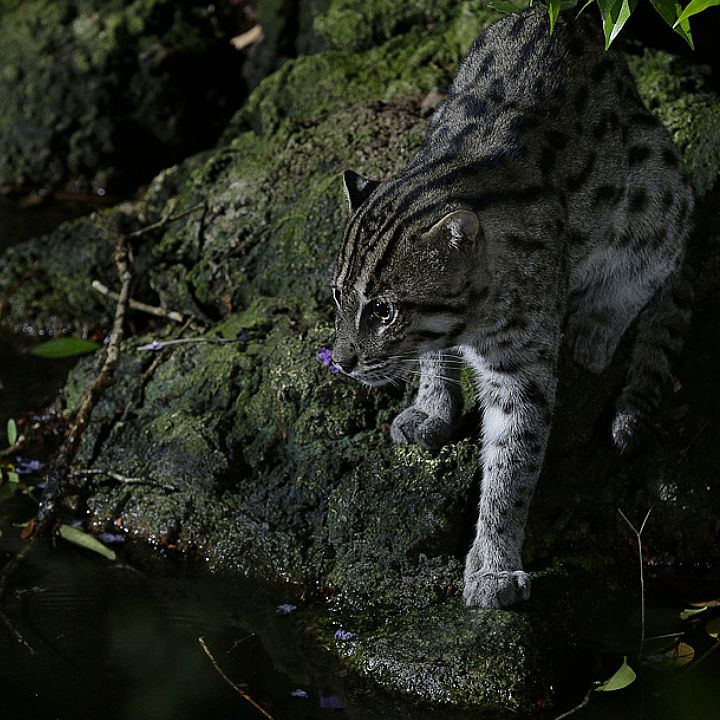
Fishing cat
Unlike some other cats, these felines love the water and are some of the best swimmers around. In fact, fishing cats have been seen swimming underwater to grab ducks’ legs!
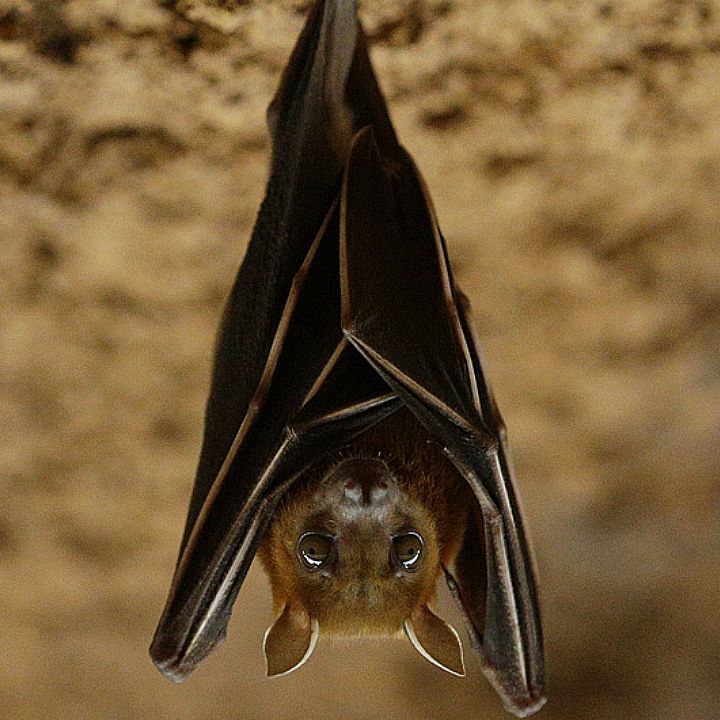
Fruit bat
Fruit bats play a crucial role in maintaining forest health by spreading seeds and pollinating numerous plant species, including commercially important crops.
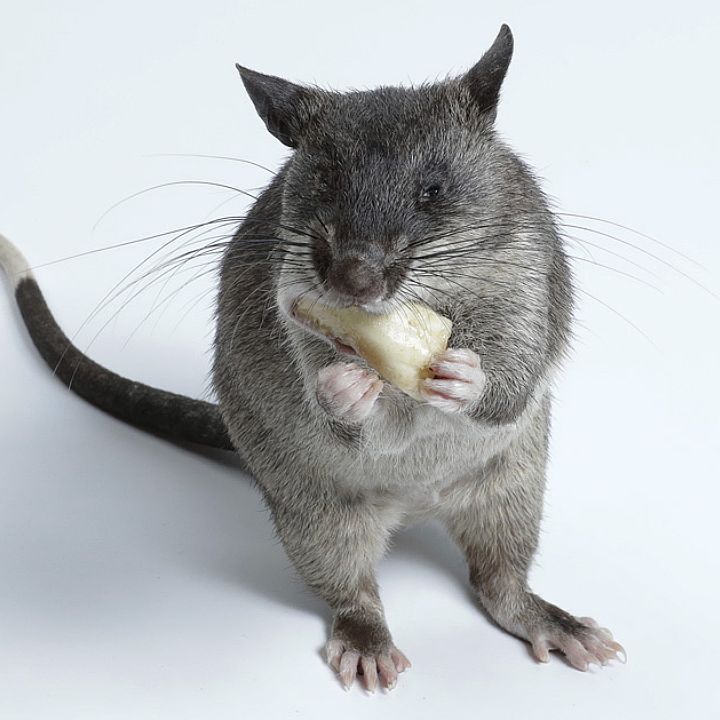
Gambian pouched rat
It is one of the world's largest rat species, with a distinctive long, nearly hairless tail.
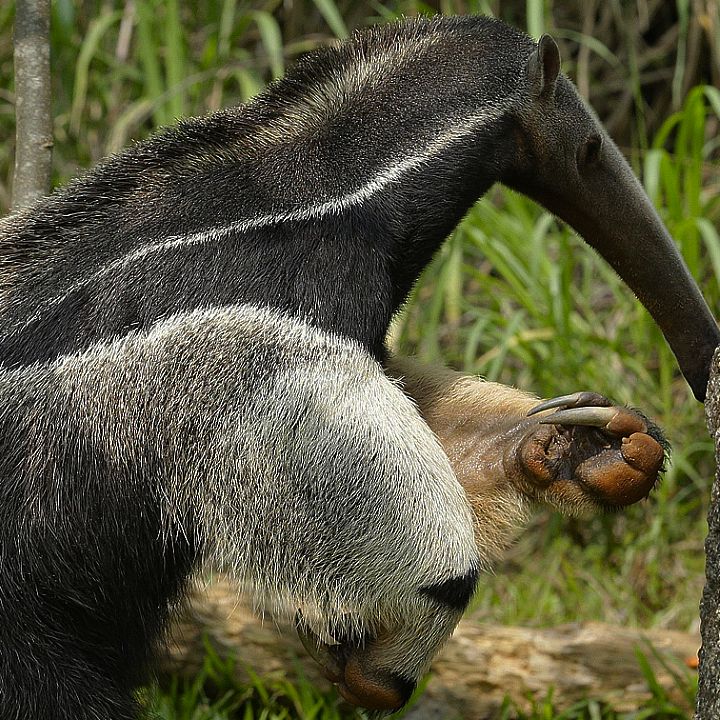
Giant anteater
The largest of the four anteater species, giant anteaters can reach lengths of 2-2.5 metres. Feeding on ants and termites, their 60cm-long tongues can flick in and out up to 150 times per minute!
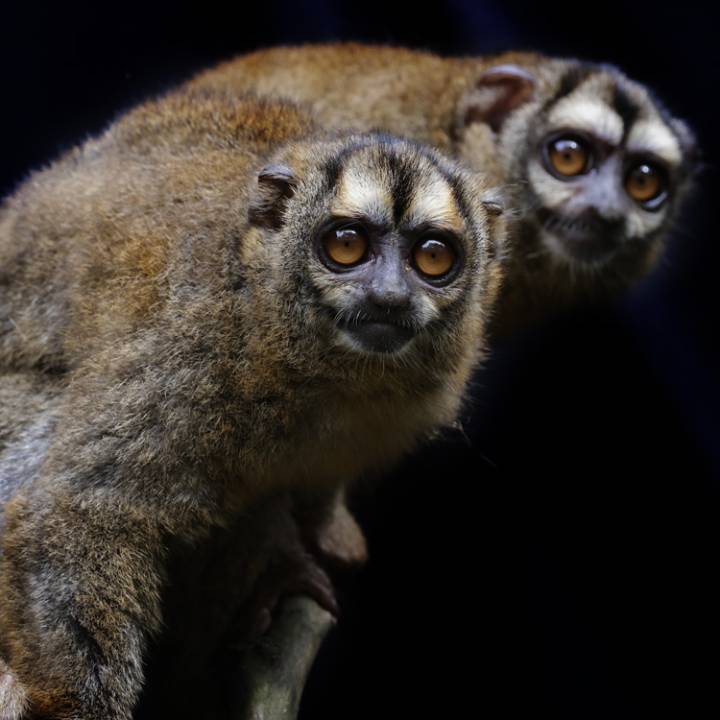
Grey-handed night monkey
Large round eyes that are perfectly adapted to night vision help this arboreal monkey forage at night. While their diet may vary, they do like to grab and squish insects for food. Yikes!
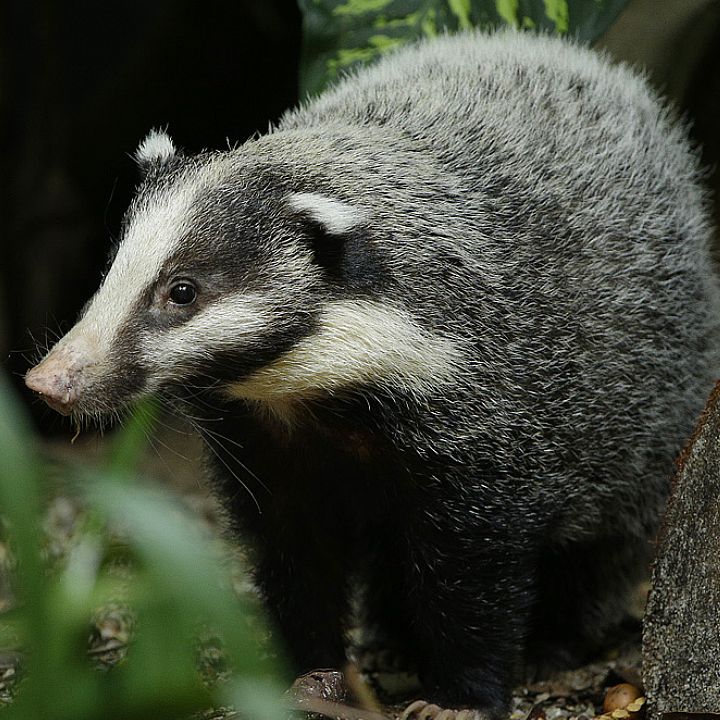
Hog badger
They are known to dig burrows, that can then be used by other animals.
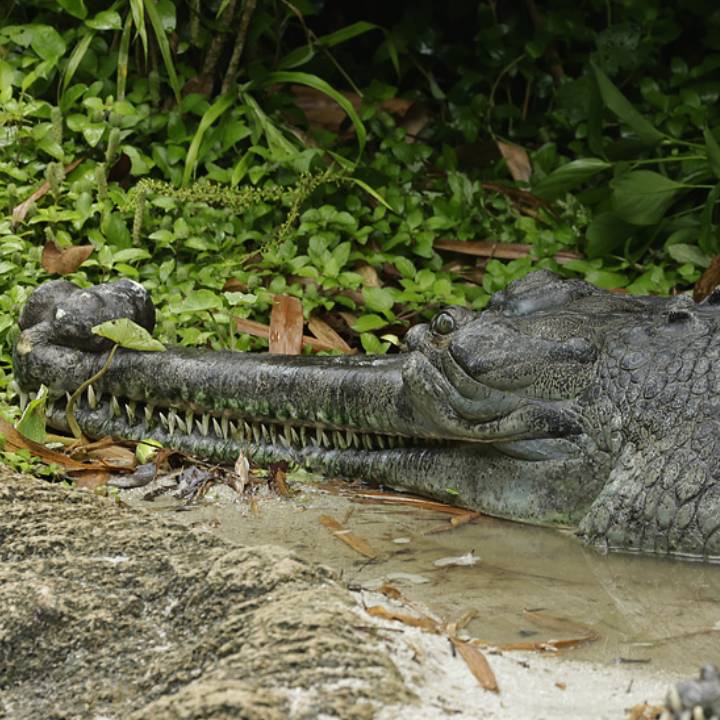
Indian gharial
With its bulbous growth on the tip of males’ snouts, it’s no wonder this crocodilian gets its name from the word ‘ghara’ – ‘pot’ in Hindi.
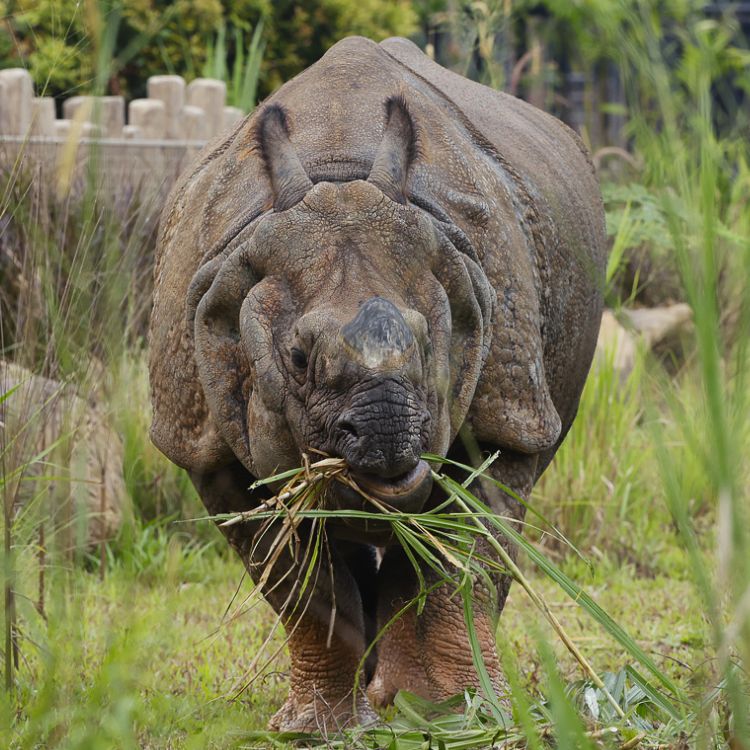
Indian rhinoceros
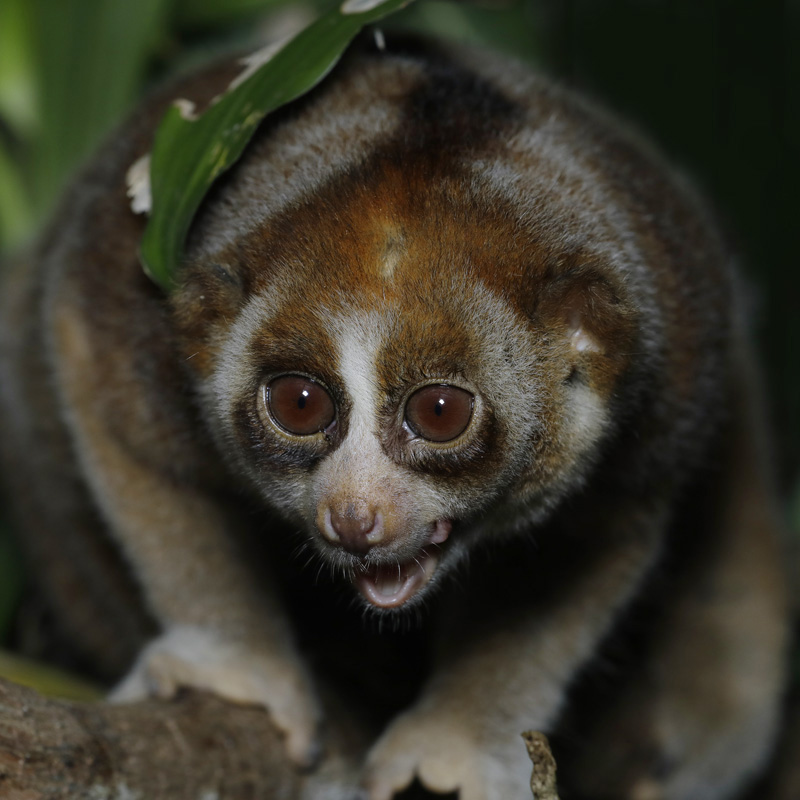
Javan slow loris
Only a few mammals are known to produce venom and the slow loris is one of them. It mixes the secretion from a gland on the underside of its arm with its saliva to produce a toxin.
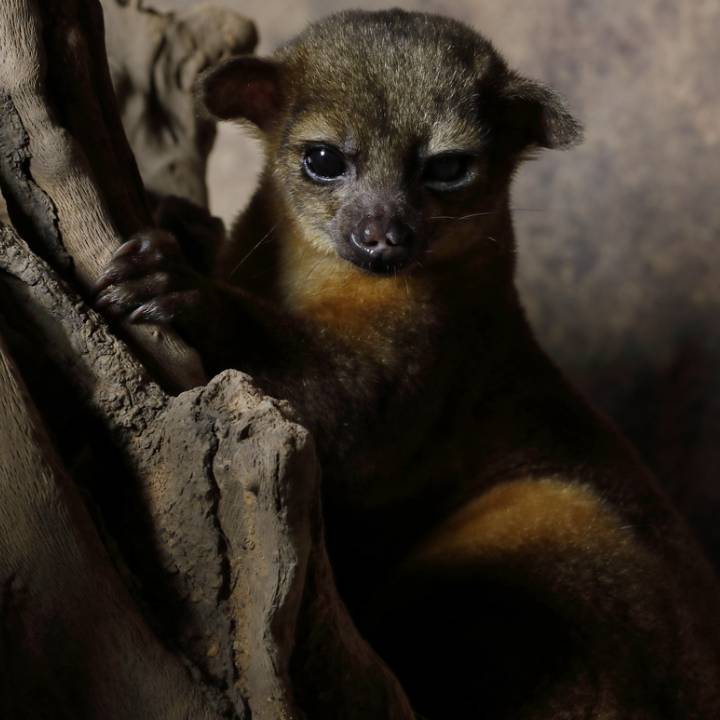
Kinkajou
With dense woolly fur that acts as a raincoat, and a strong tail that they themselves can use to climb back up on, this carnivore is perfectly equipped to raid beehives for honey.
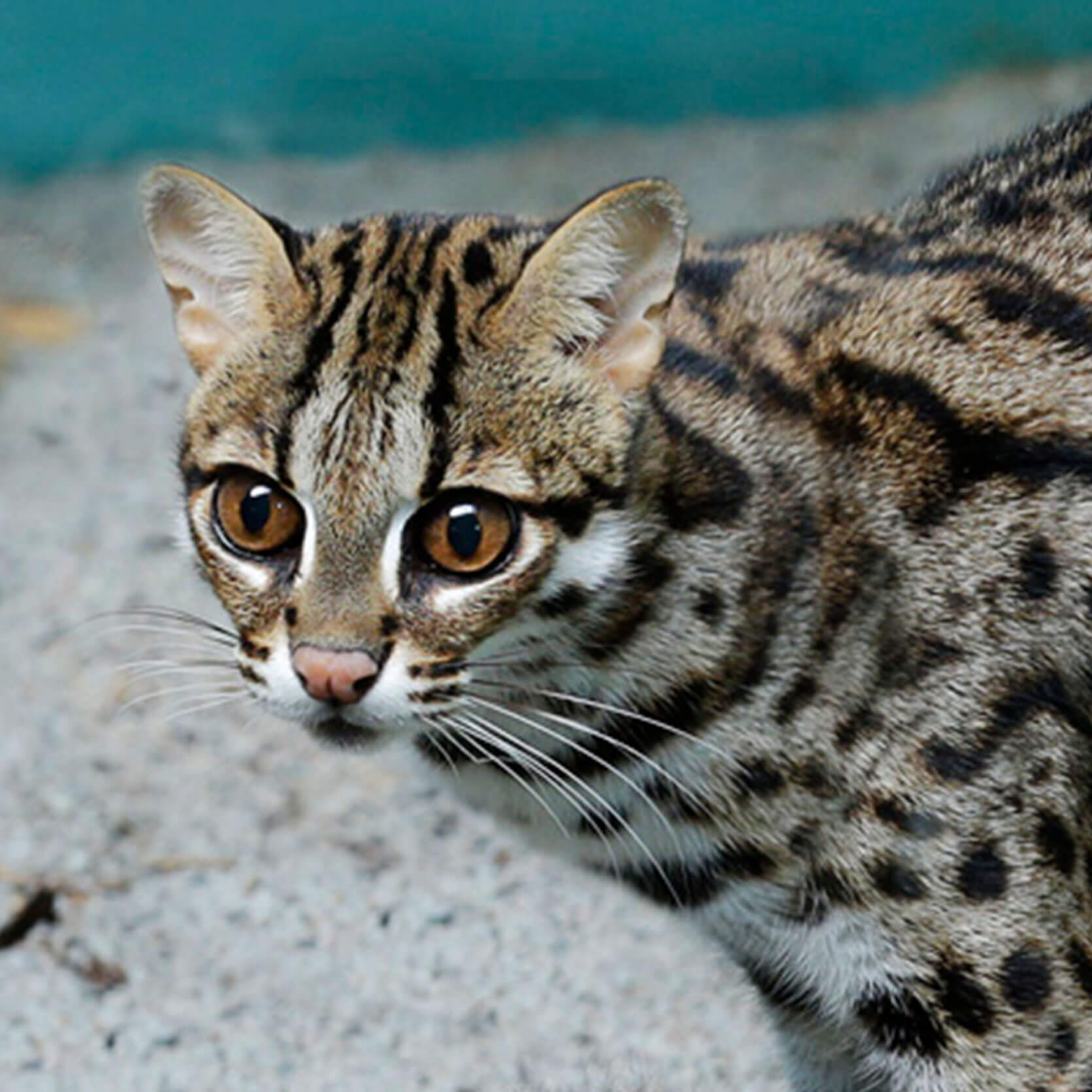
Leopard cat
With fewer than 50 of them left in Singapore and its surrounding islands, the Leopard cat is Singapore’s last wild cat. Be sure to slow down for them when driving along forested areas!
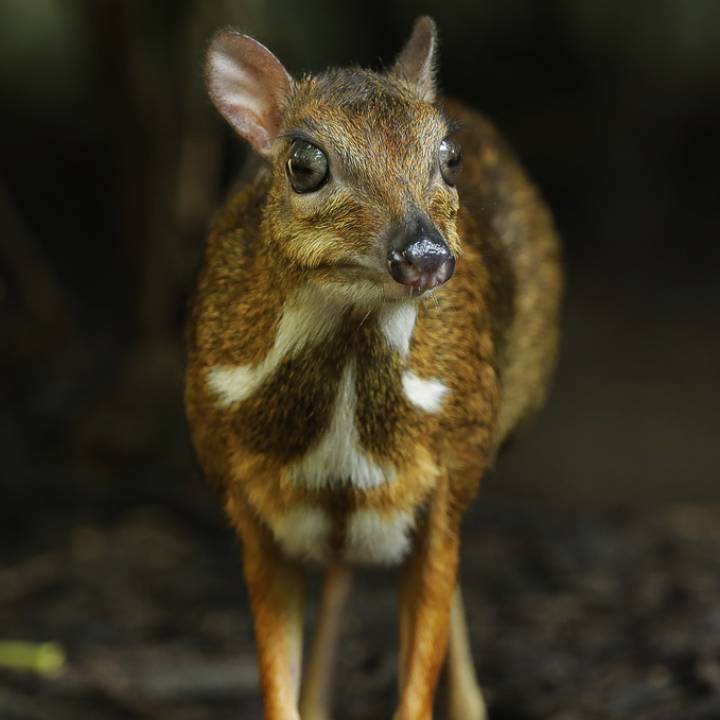
Lesser mousedeer
Being one of the world’s smallest hoofed animals, the lesser mousedeer has fangs instead of antlers.
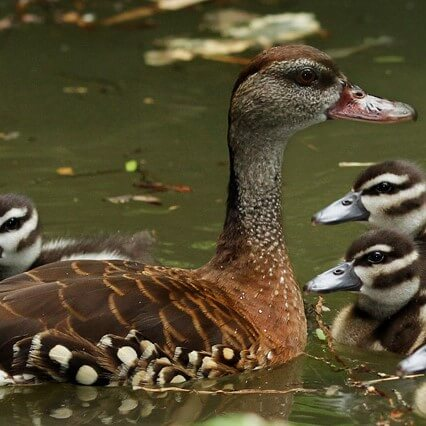
Lesser whistling duck
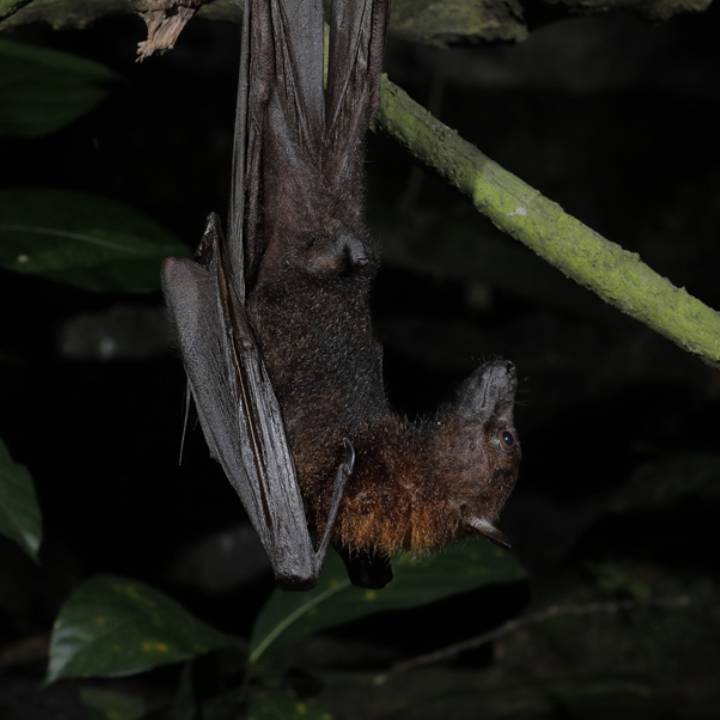
Malayan flying fox
When night falls, the flying foxes leave their daytime roost to feed. their keen vision and sense of smell helps them locate fruit and flowers easily.
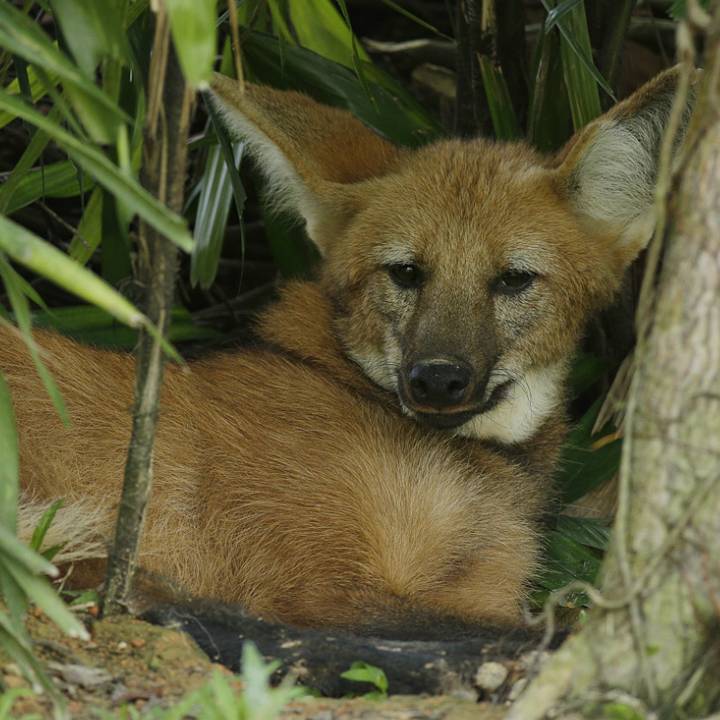
Maned wolf
Despite its name, it is neither fox nor true wolf. In fact, it is the only member of its genus, Chrysocyon! Instead of howling, they bark or roar to let their mate know where they are.
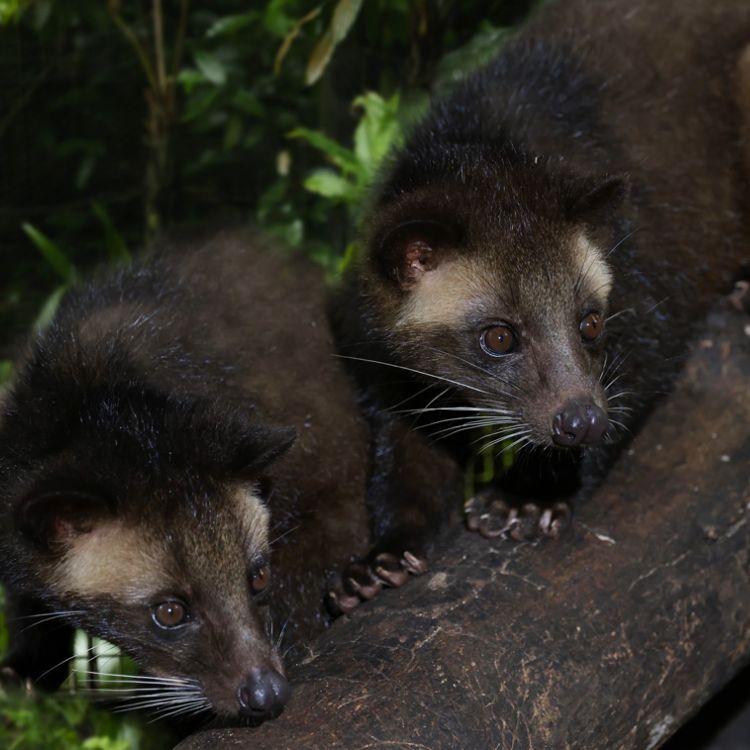
Masked Palm Civet
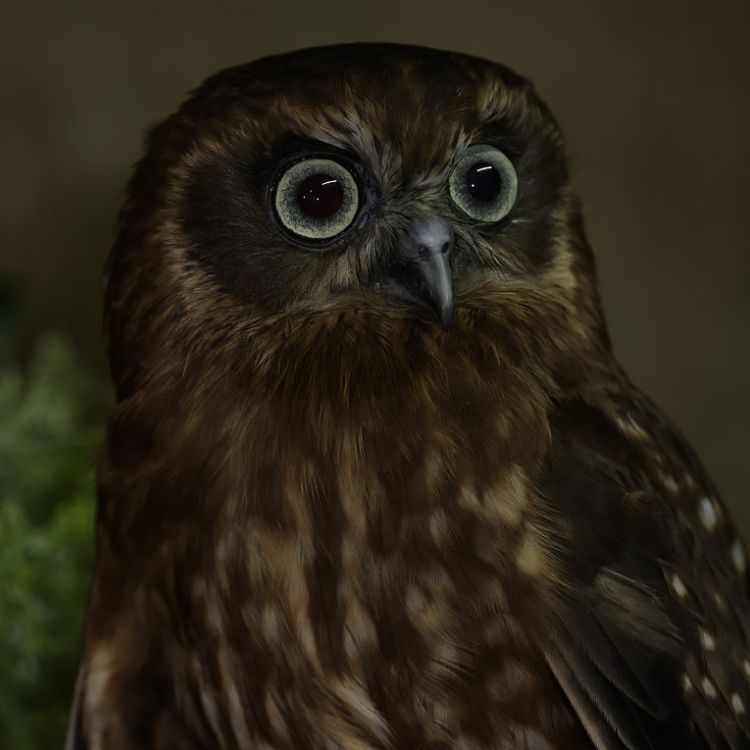
Morepork owl
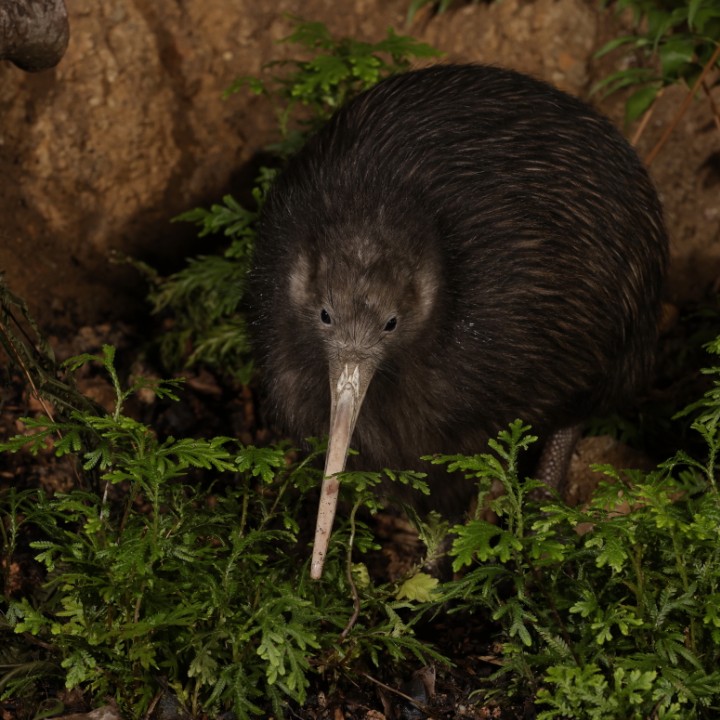
North island brown kiwi
The female kiwi produces the largest egg for its body size - the giant egg can weigh up to 25% of her body weight.
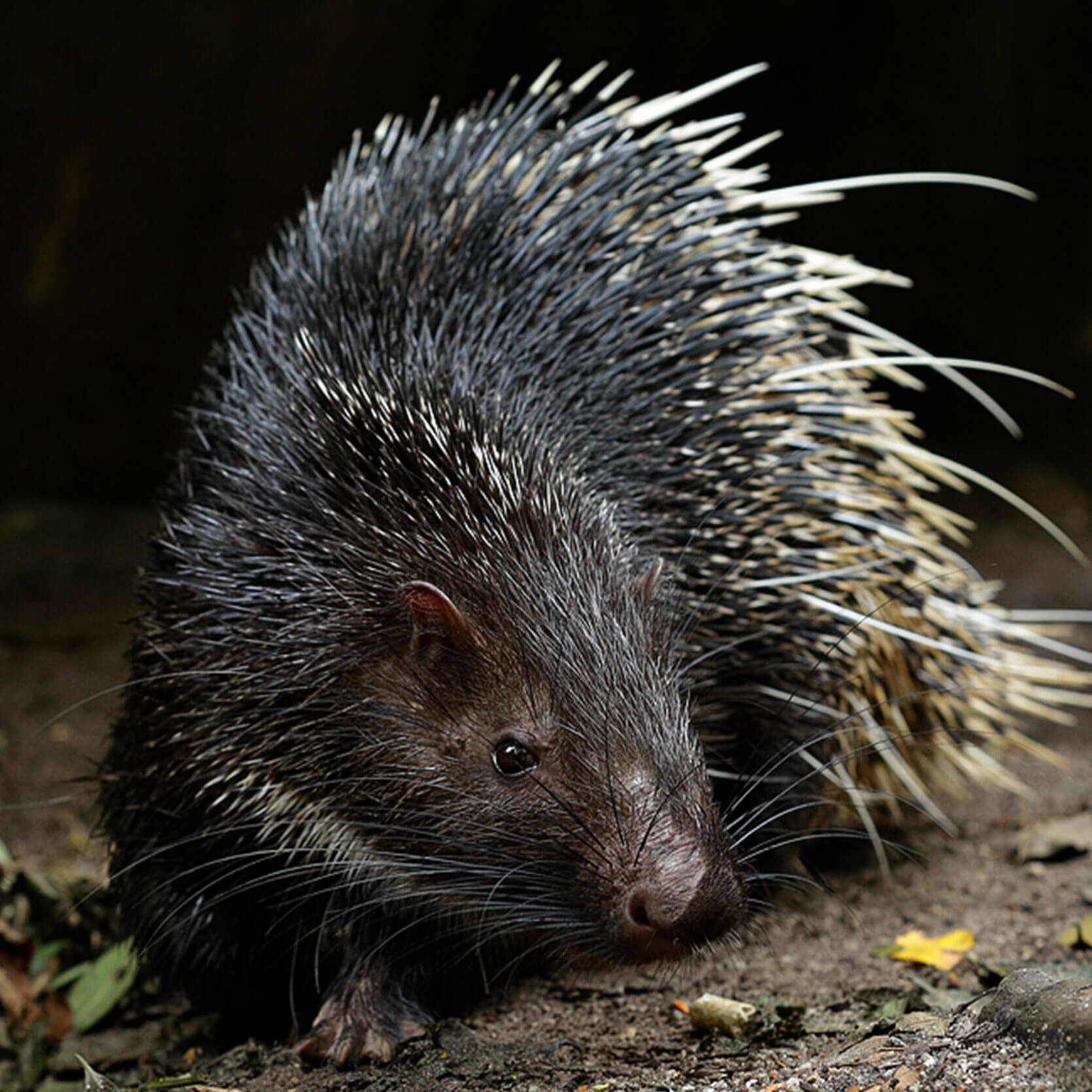
Porcupine
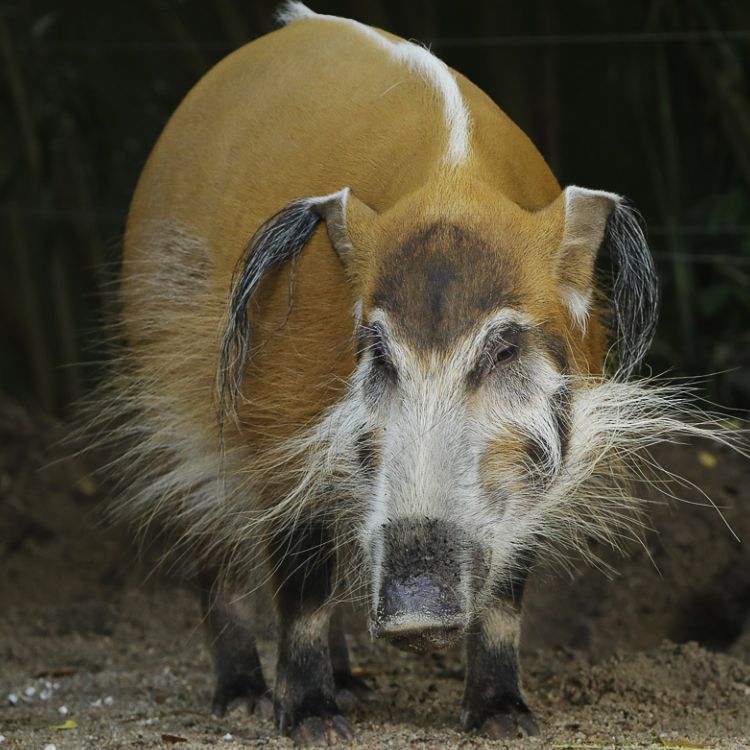
Red river hog
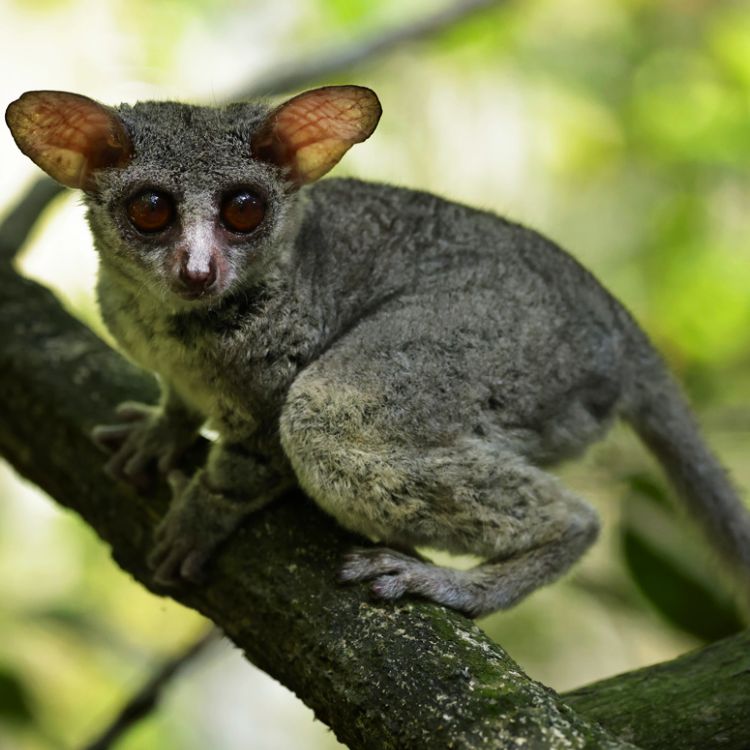
Senegal bushbaby
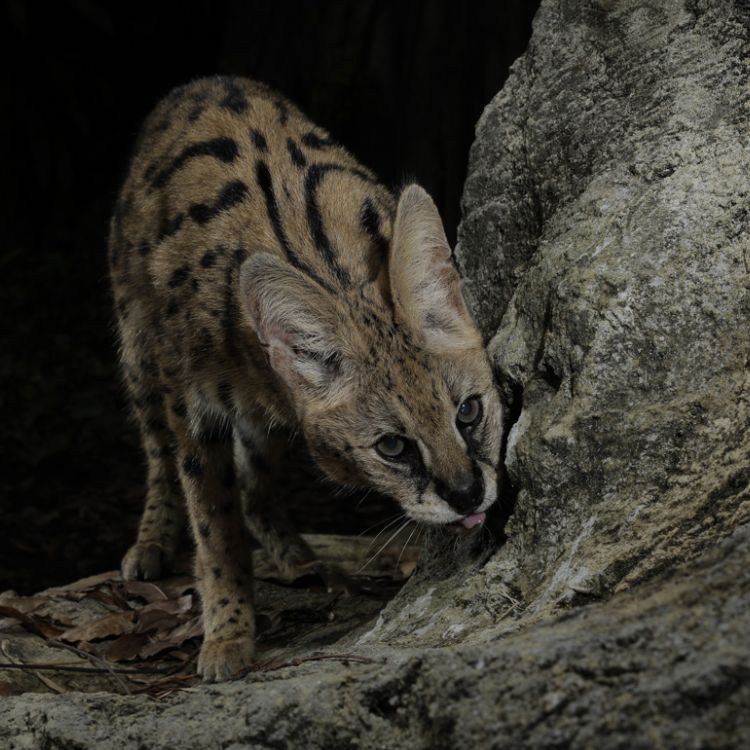
Serval
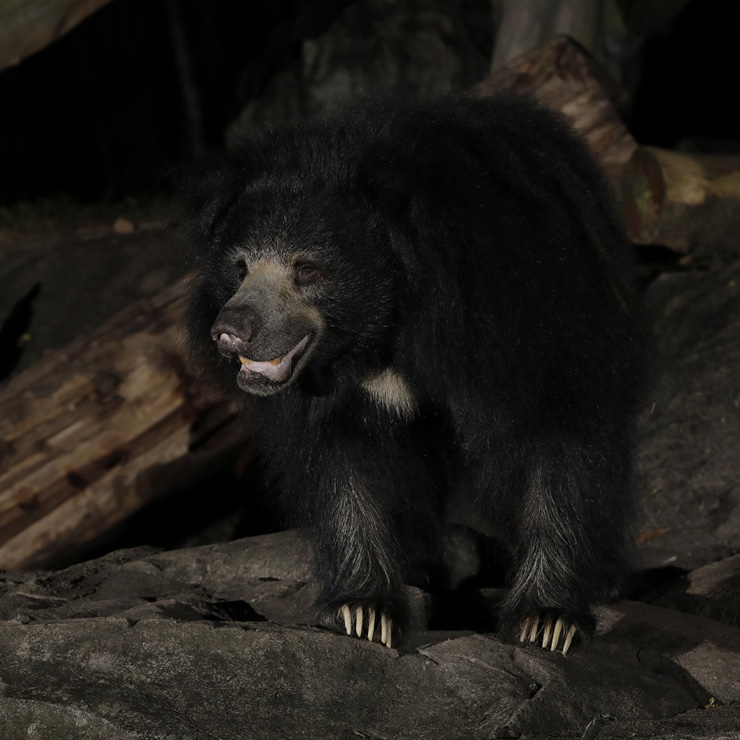
Sloth bear
The sloth bears use their sickle-shaped claws as ‘climbing hooks’ to hoist themselves up trees. They climb not to escape danger, but to get at termite or bee nests.
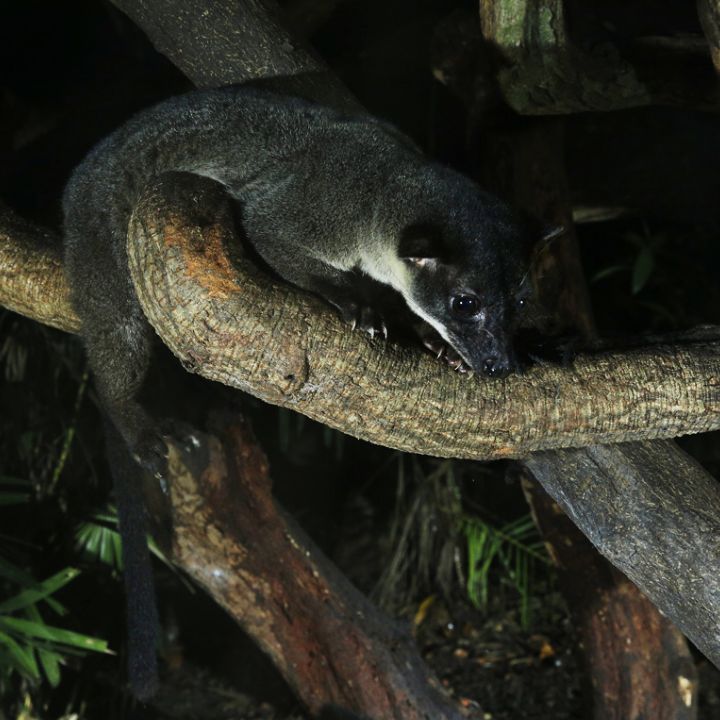
Small-toothed palm civet
Also called the Three-striped palm civet, this exclusively arboreal omnivore has a diet of forest fruits, insects, frogs, birds, and occasionally, squirrels.
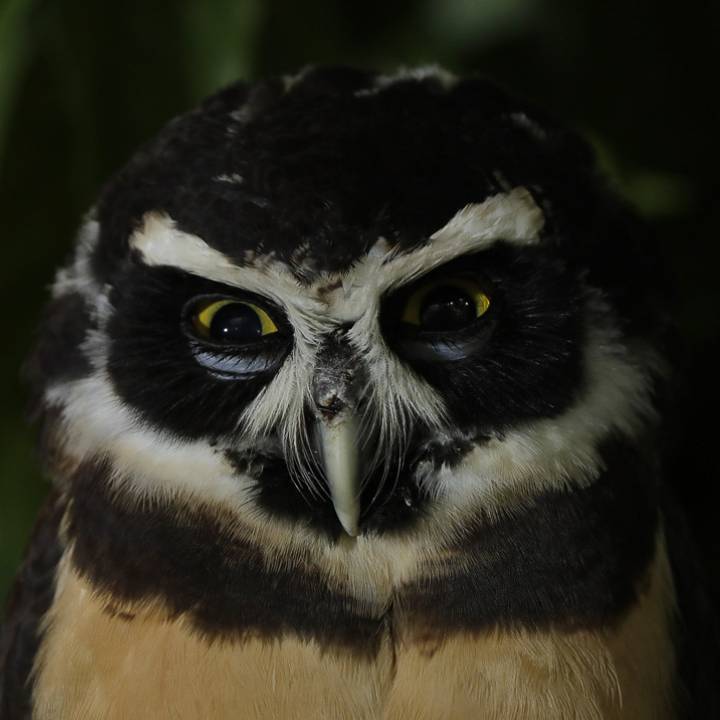
Spectacled owl
Special, spectacled, spectacular. This large owl’s song is a loud, pulsing series of deep hoots - not so different to a sheet of metal being flexed rapidly.
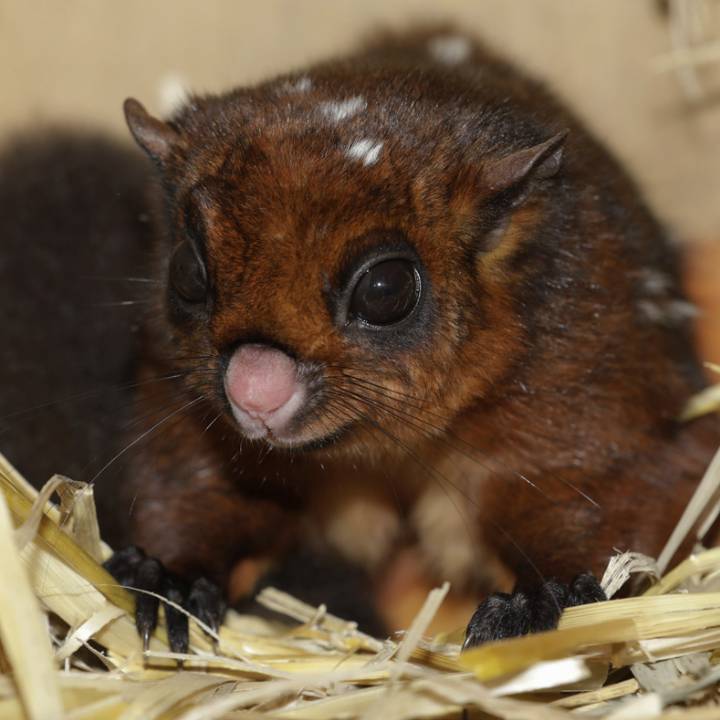
Spotted giant flying squirrel
These flying fellows glide from tree to tree by spreading their patagium – the special skin that connects its limbs.
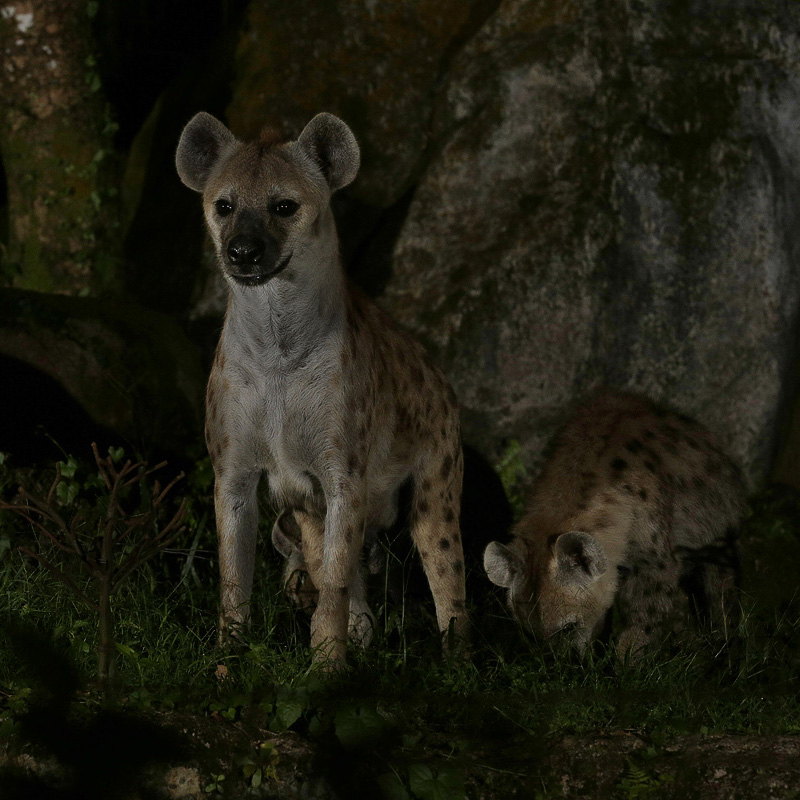
Spotted hyaena
They look like large dogs, but are more closely related to cats like lions and tigers. Their powerful jaws give them the strongest bite of any mammal.
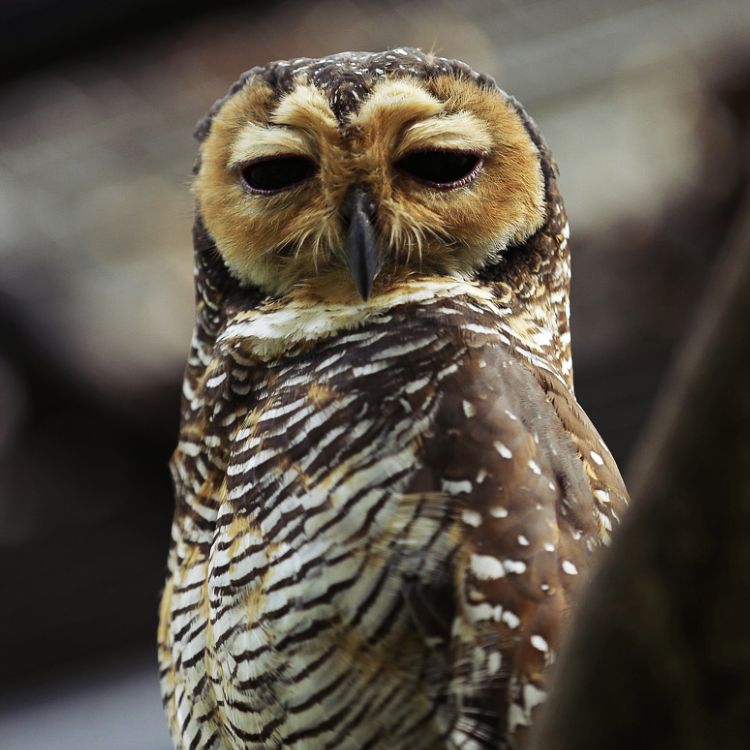
Spotted wood owl
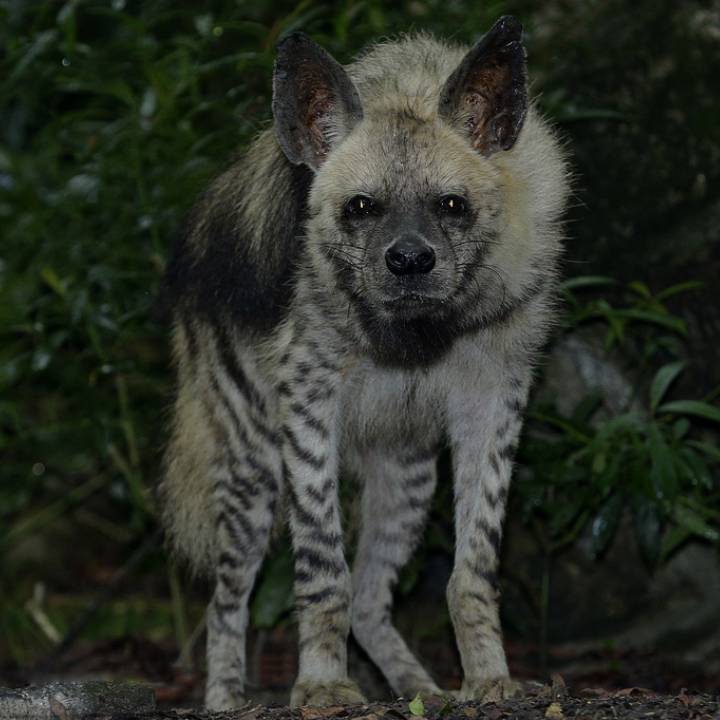
Striped hyaena
One of the most important members of nature’s cleanup crew. They differ from their spotted cousins by communicating with body movements instead of noises.
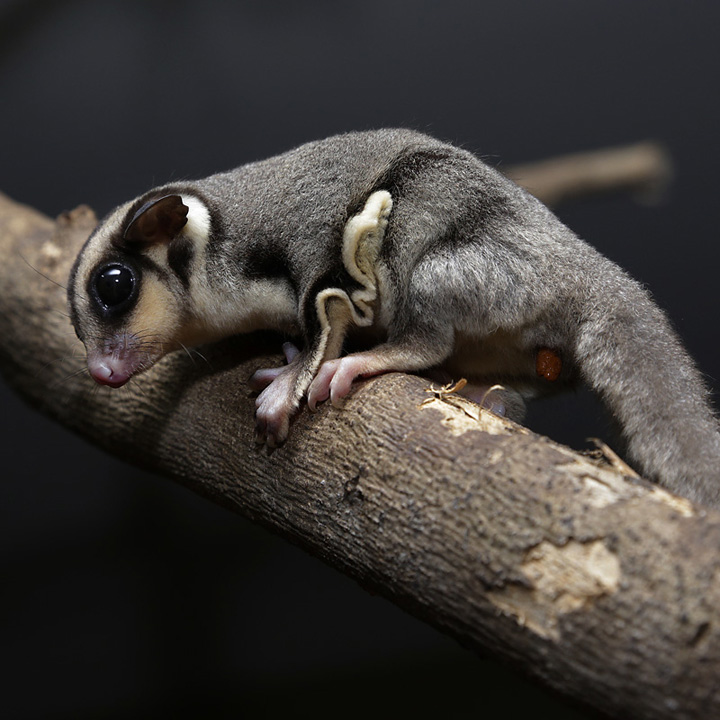
Sugar glider
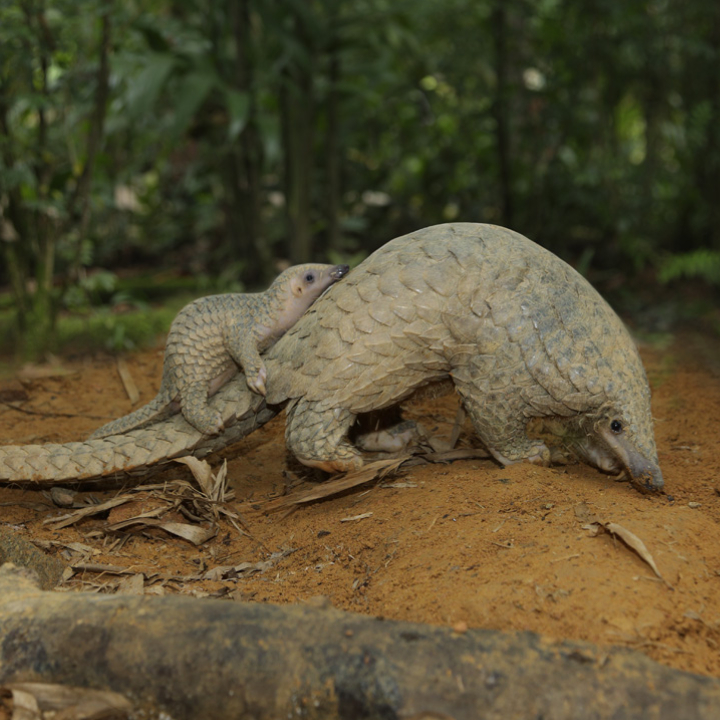
Sunda pangolin
Scaly from tip to tail, this primarily nocturnal mammal curls into a ball and protects itself with its scales when threatened.
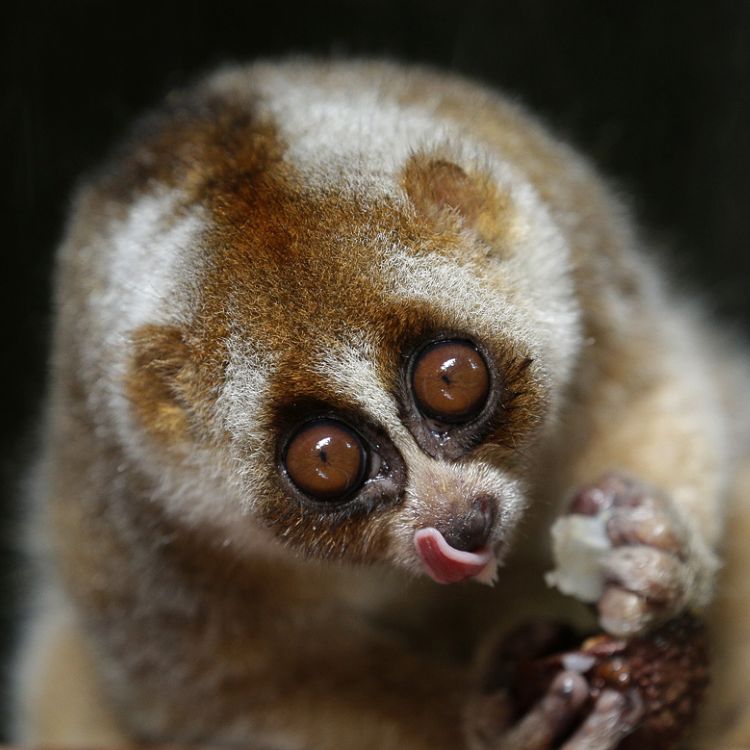
Sunda slow loris
Small but mighty, the Sunda slow loris remains as Singapore’s sole venomous primate and is key for its ecosystem’s seed dispersal and insect control.
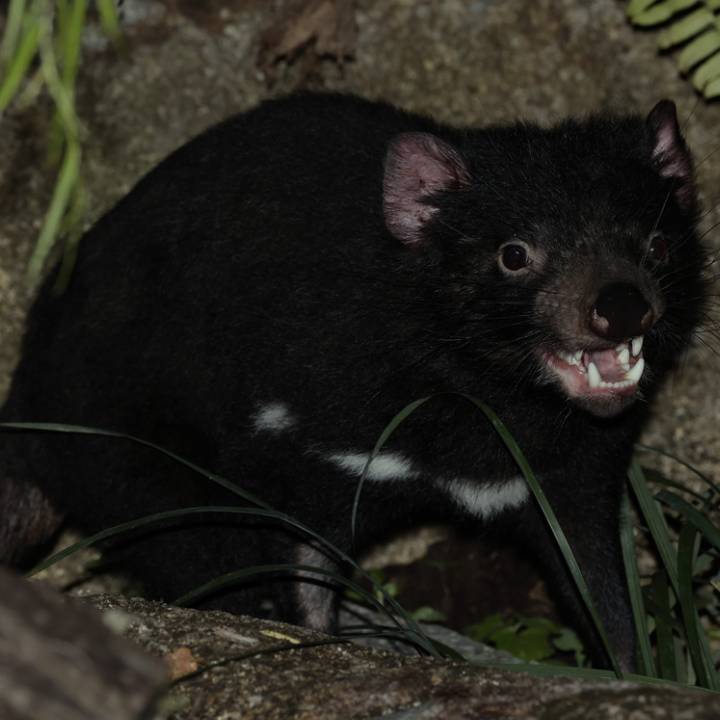
Tasmanian devil
The name “devil” may come from the sounds they make. They make eerie growls while searching for food at night.
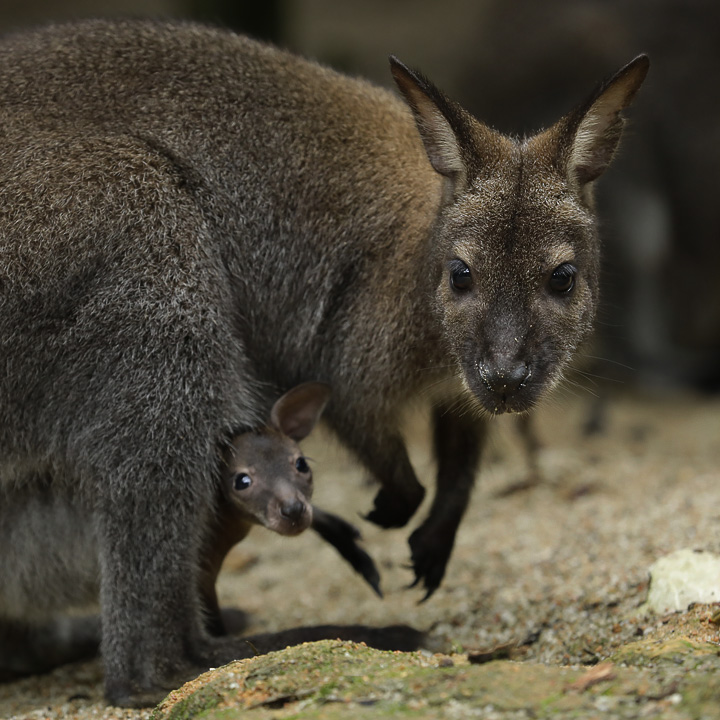
Wallaby
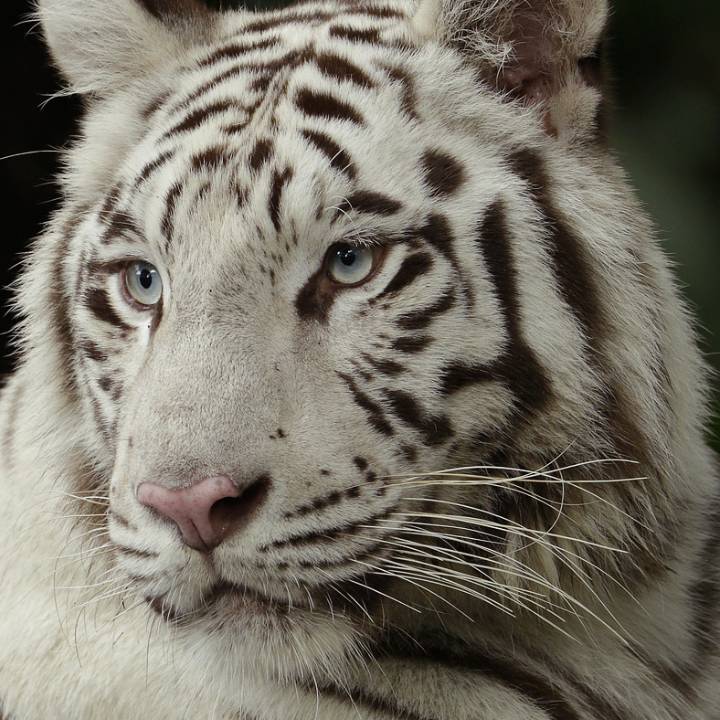
White tiger
White tigers are not albinos or a different sub-species of tigers. Their white coat, brown stripes and blue eyes are the result of a mutated gene. Both white and orange-coloured tiger cubs can be found in the same litter.
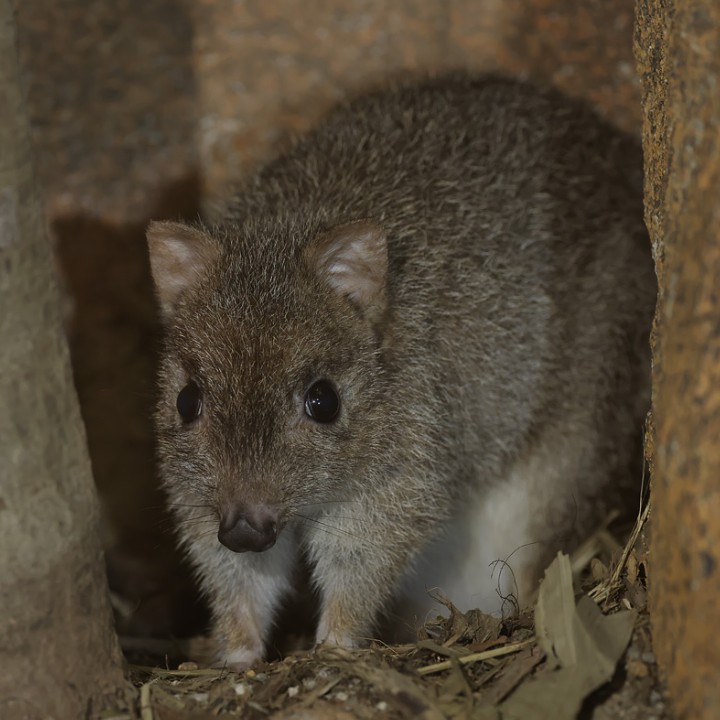
Woylie
A woylie can move six tons of soil per year in nocturnal diggings in search of its favourite food: truffles.
